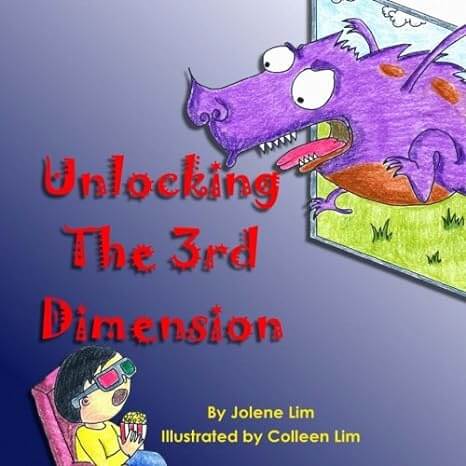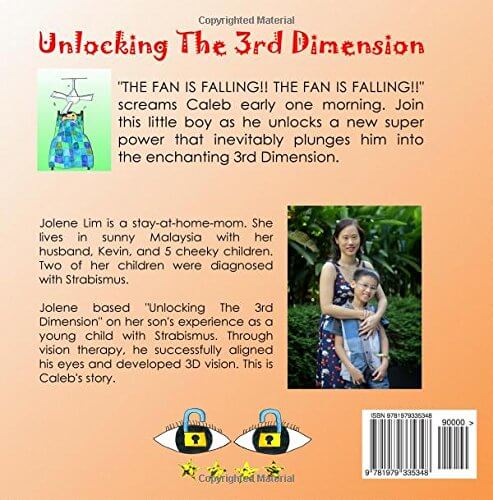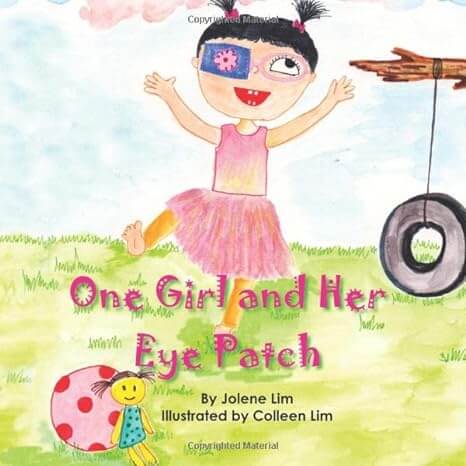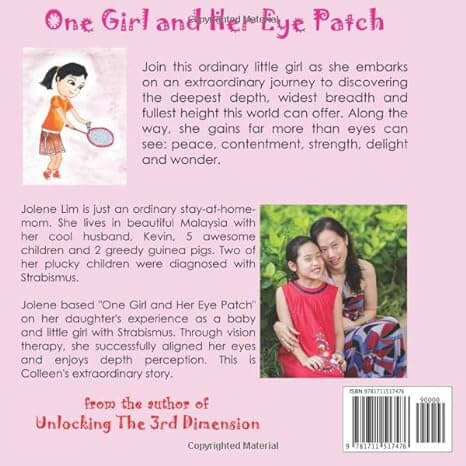Services

EYE TURN / STRABISMUS / MATA JULING / 斗鸡眼 / 斜视
Strabismus, commonly known as “crossed eyes,” may indeed give the appearance of eyes being crossed, yet fundamentally, it is an eye-turning condition. Also referred to as “Eye Turn” or “Mata Juling 斗鸡眼/斜视,” strabismus occurs when the two eyes fail to align and focus on the same point simultaneously.
Presenting in various forms, strabismus depends on the direction in which one eye turns. It can be classified as inward eye turning, termed esotropia, outward turning, known as exotropia, upward turning, referred to as hypertropia, or downward turning, called hypotropia.
The visibility of strabismus varies. Sometimes evident, at other times, it may go unnoticed, as the eye-turning predominantly occurs when a child looks at objects up close or when fatigued or unwell.
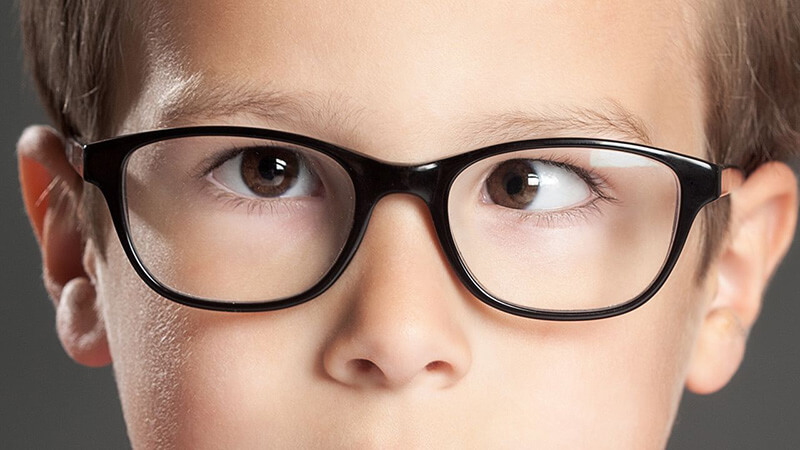
LAZY EYE / AMBLYOPIA / MATA MALAS / 懒惰眼
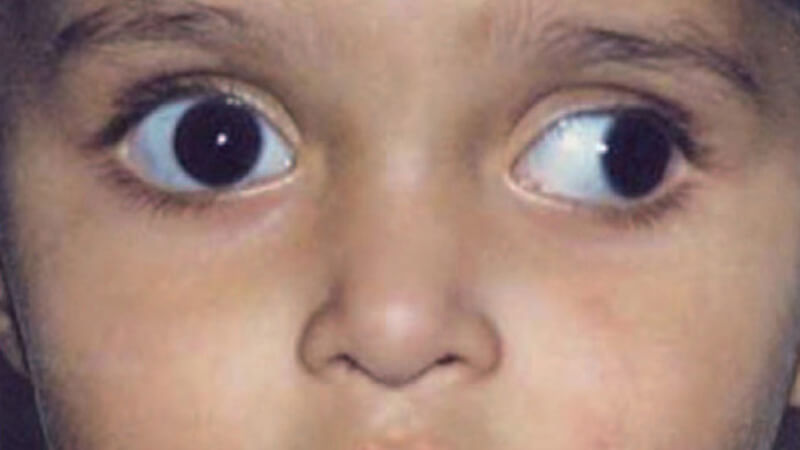
Crucial Treatment Window For Eye Turn and Lazy Eye
You may have heard that there’s a so-called “golden period” for treating Strabismus and Amblyopia, suggesting that after a certain point, it becomes impossible to address eye turning or lazy eye issues. However, recent research has shown that it’s never too late to correct these conditions, even in adulthood. At our practice, we specialize in Behavioral and Developmental Optometry, allowing us to assist patients of all ages in learning how to effectively use their eyes.
Whether you’re seeking treatment for Strabismus or Amblyopia, the first step is to schedule a Neuro-functional vision evaluation with our Behavioral and Developmental Optometrist. This evaluation will help determine the extent to which vision problems may be contributing to difficulties. Following the assessment, our optometrist will meet with you in a separate appointment to discuss the results and recommend a personalized treatment program for Strabismus or Amblyopia.
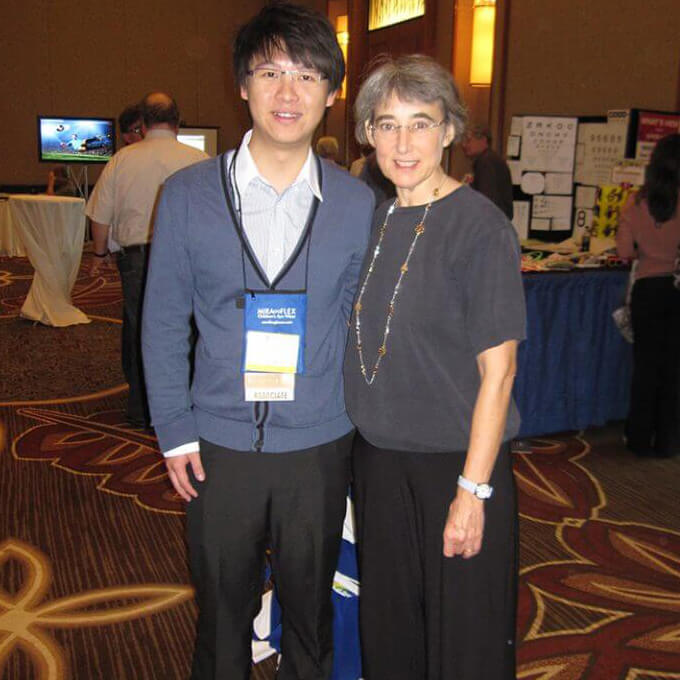
MR STANLEY WITH DR BARRY - EVEN ADULTS CAN BE HELPED WITH NEURO VISION THERAPY
Dr. Susan R. Barry, a prominent neuroscientist and professor in the United States, has personally experienced the benefits of vision therapy as an adult. Her remarkable journey is chronicled in her book, “Fixing My Gaze: A Scientist’s Journey into Seeing in Three Dimensions.” In Chapter 3, Dr. Barry candidly recounts her childhood encounters following three strabismus surgeries:
“Despite my eyes appearing straight and properly aligned, I still struggled to use them in a typical manner. Both my eyes had 20/20 vision and passed standard school vision screenings without any issues. Nevertheless, my vision was far from normal because I couldn’t effectively coordinate both eyes. The prospect of attending grade school filled me with dread… When I attempted to focus on the letters on the page, they seemed to wander aimlessly. As the print size reduced, my eye condition exacerbated…”
It’s worth noting that Dr. Barry didn’t face any developmental delays or challenges apart from her vision difficulties. Consider the immense visual confusion experienced by a special needs child post-eye surgery in comparison to their typically developing peers. The encouraging news is that we have the capacity to assist both normal and special needs children in addressing their eye disorders, often without the need for surgery. For those cases where surgery is absolutely necessary, we can provide effective post-operative care to ensure the best possible outcomes.
ENQUIRY?
We recognize that you may have several inquiries about amblyopia and/or strabismus, especially if this is the first time you’ve encountered the possibility of your child having vision issues such as blurry or double vision. Please don’t hesitate to reach out to our office with your questions. You may contact us via phone or whatsapp messages, we’re here to assist you.
CHECK OUT THE TESTIMONIALS FROM OUR PATIENT
We have received numerous testimonials from our delighted patients, and one of them was so inspired by their child’s experience that they authored a book to share it with others. Books are available in Amazon Store.
Impacts on the Child
Amblyopia and Strabismus can significantly affect a child’s performance in school and overall life success. These conditions may result in double vision (diplopia), blurred vision, frequent loss of place while reading, headaches, eye strain, and an inability to sustain focus on visual tasks. Additionally, the child may display clumsiness or experience a higher frequency of accidents.
The child may need to turn their head to see objects or close one eye while reading. Tasks that involve close-up activities become challenging. Activities demanding good eye-hand coordination, such as writing, drawing, or playing sports like throwing and catching a ball, can become very demanding. Ultimately, these challenges can also lead to a decline in self-esteem.
Treatment for Children with Eye Turn / Lazy Eye
At Sun Time Vision Specialists Centre, our highly specialized behavioral and developmental optometrists offer a highly effective, non-surgical treatment designed to help our patients overcome Strabismus Amblyopia.
We have the expertise to guide our patients in learning how to use both their eyes in harmony, effectively eliminating eye turns. Similar to physical therapy or speech therapy, we offer Vision Therapy—a specialized form of therapy tailored for the eyes. Our certified Behavioral and Developmental optometrists at Sun Time Vision Specialists Centre are equipped to provide optometric Vision Therapy, enabling us to teach both children and adults the correct use of their two eyes. We specialize in treating various vision problems that may not find complete resolution with the use of glasses, contact lenses, or surgery.
Common Signs and Symptoms of Eye Turns (Strabismus, Mata Juling 斗鸡眼/斜视) and Lazy Eye (Amblyopia, Mata Malas 懒惰眼)
1. One eye appears to turn inward (esotropia) or outward (exotropia), either persistently or intermittently.
2. Both eyes exhibit an inward (esotropia) or outward (exotropia) turn.
3. Eyes exhibit abnormal movement patterns, either continuously or sporadically.
4. Squinting or closing one eye.
5. Covering one eye while reading or focusing on close objects.
6. Difficulty responding to certain visual stimuli.
7. Challenges in tracking moving objects.
8. Collisions with objects while walking.
9. Difficulty with depth perception.
10. Poor eye-hand coordination, resulting in issues like messy handwriting.
11. The need to use a finger to maintain place while reading.
12. Skipping words when reading aloud.
13. Moving the head when reading.
14. Complaining of blurry vision or experiencing double images (diplopia).
15. Struggles with perceiving 3D depth.
IT IS VITAL TO MAKE PROPER STEP FORWARD
To initiate the treatment for eye turn (Strabismus, Mata Juling, 斗鸡眼/斜视) and lazy eye (Amblyopia, Mata Malas, 懒惰眼), the first crucial step is to arrange a comprehensive functional vision evaluation. This assessment will help determine the extent to which vision problems are contributing to your child’s challenges. Once the evaluation is concluded, Mr. Stanley, our Behavioral and Developmental Optometrist, will schedule a separate appointment with you to review the results and discuss the recommended program for addressing strabismus or amblyopia.

